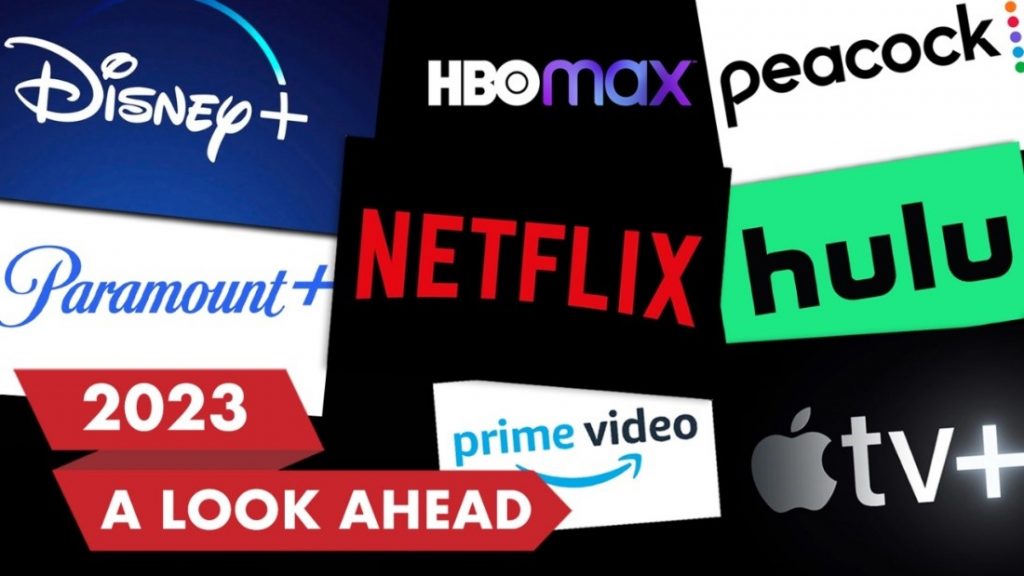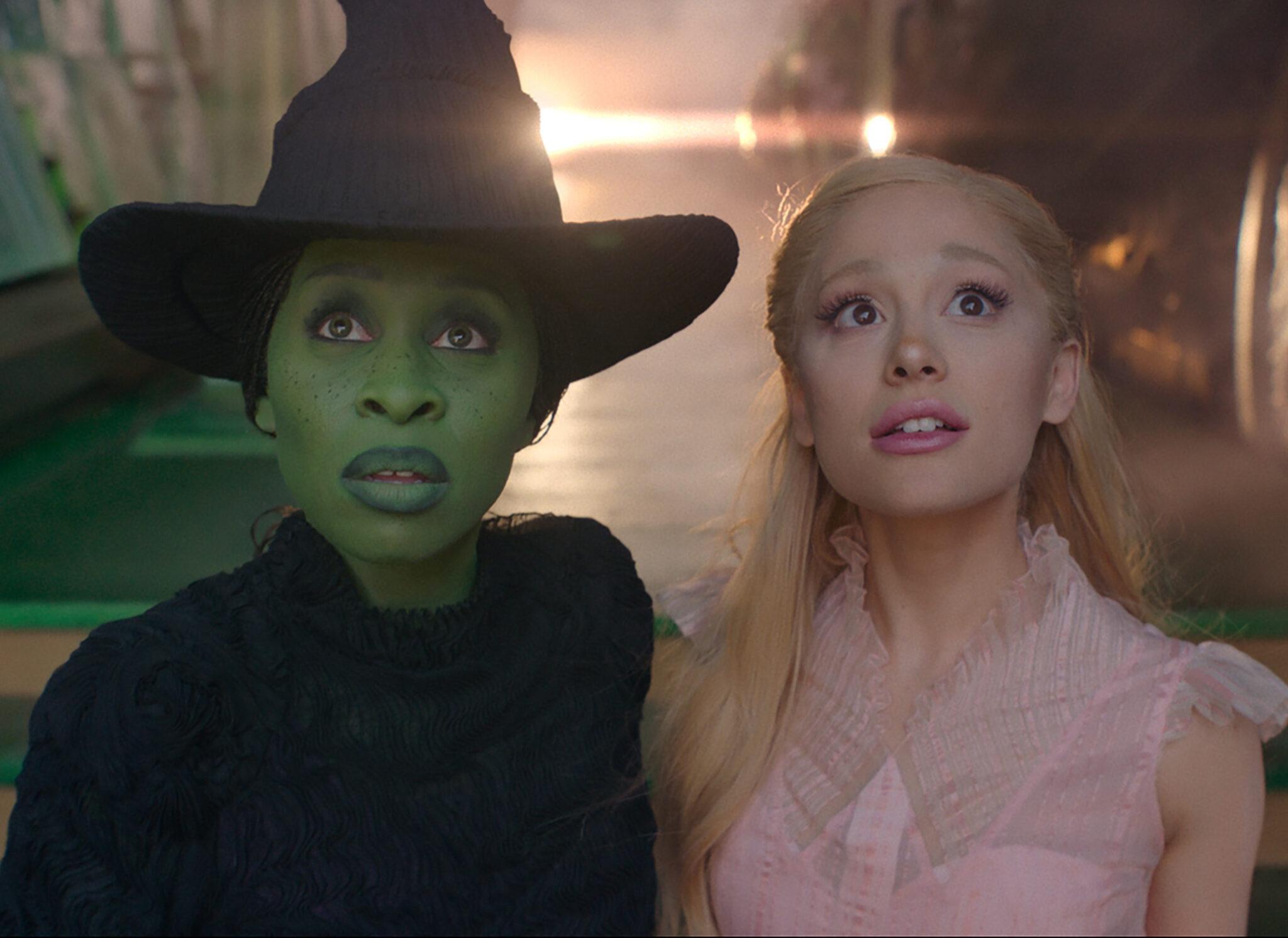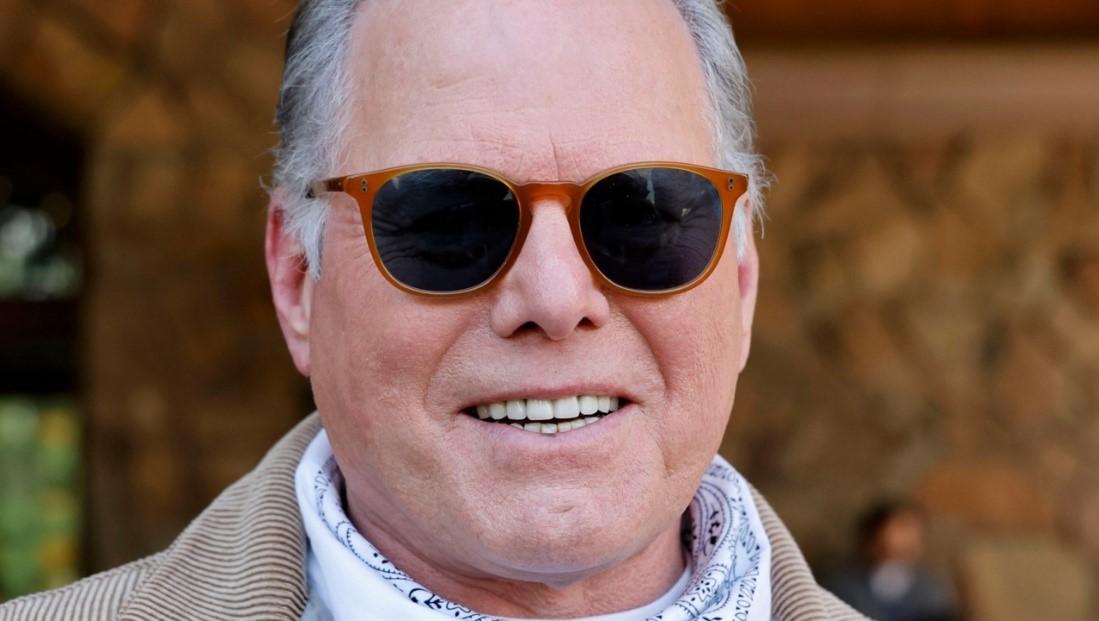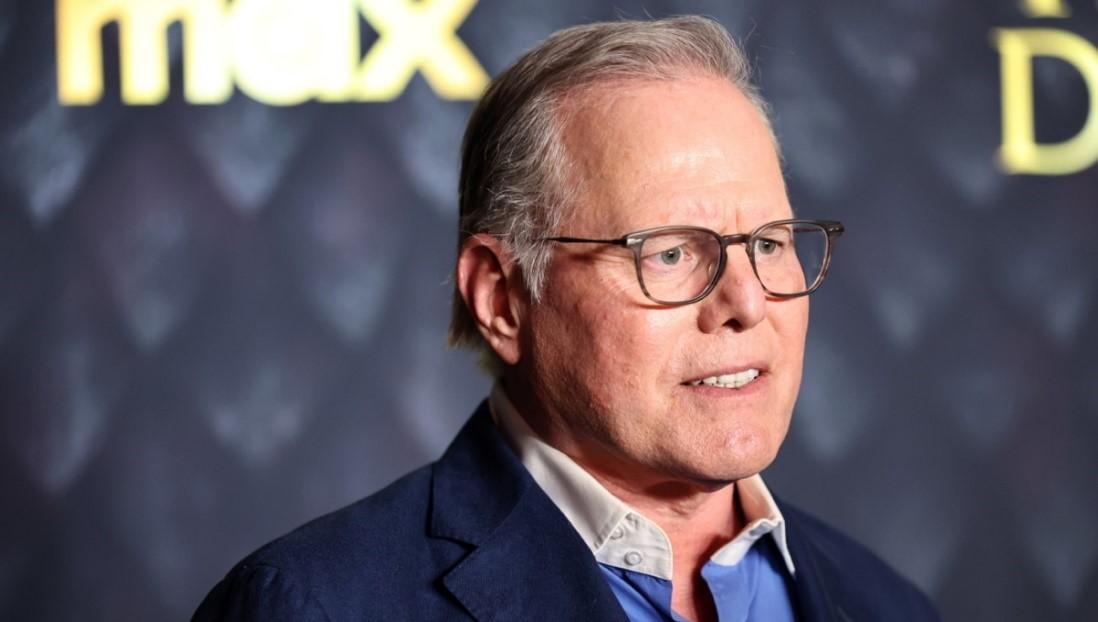For the leading companies in entertainment and media, 2022 began with enthusiasm about establishing a direct-to-consumer relationship through in-house streaming services. 100% of the consumer spend would flow to the corporate bottom line without having to share revenues with intermediaries such as TV networks and movie theatre chains. Investments in streaming were also viewed as a hedge against being left behind after the next wave of digital transformation within the entertainment industry.
The issue was that studios were plowing billions into creating streaming platforms, acquiring a wide range of content, and promoting it in a highly competitive market. These investments were massive and far outpaced revenues, producing eye-popping losses in the short term with no guarantee of eventual success.
As 2022 rolled on and the outlook on the overall economy became less certain, investors pulled back from speculation to increase their focus on the bottom line. In 2023, we expect to see more of the same, with streamers accelerating cuts to staff and new projects and second-tier players disappearing either by merging with other providers or outright shutdowns.
Deadline provides a rundown of last year’s highlights and lowlights for the eight largest streaming services: Apple TV+, Disney+, HBO Max, Hulu, Netflix, Paramount+, Peacock, and Amazon Prime Video.












